Tag: telemedicine

Post-discharge Care Using Telemedicine: Pre-pandemic vs. Pandemic Care
Expansion of virtual post-discharge visits to include all patients and telephone calls did not negatively impact rates of 30-day post-discharge hospital encounters. Offering tele-health options for post-discharge follow-up... read more

How One Patient Was Treated for a Stroke Via Telemedicine
A patient believed to have suffered a stroke typically gets transported to the nearest emergency room for tests to determine the best course of action. Telemedicine at Johns Hopkins Medicine enabled one patient to have... read more
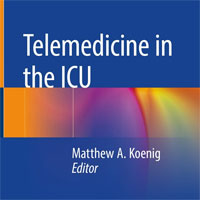
Telemedicine in the ICU
This text provides a concise, yet comprehensive overview of telemedicine in the ICU. The first part of the book reviews common issues faced by practitioners and hospital administrators in implementing and managing tele-ICU... read more
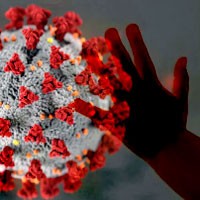
From the Exposome to the Socioexposome in COVID-19 Research
The coronavirus disease 2019 (COVID-19) pandemic continues to expose how access to health care and delivery of care are important concerns, second only to the primary concern regarding exposure to the severe acute respiratory... read more

Patient Characteristics Associated With Telemedicine Access During the COVID-19 Pandemic
In this cohort study of patients scheduled for primary care and medical specialty ambulatory telemedicine visits at a large academic health system during the early phase of the COVID-19 pandemic, older patients, Asian patients,... read more

Effects of Telemedicine ICU Intervention on Care Standardization and Patient Outcomes
In this pre-post observational study, telemedicine ICU intervention was associated with improvements in care standardization and decreases in ICU and hospital mortality and length of stay. The mortality benefits were mediated... read more
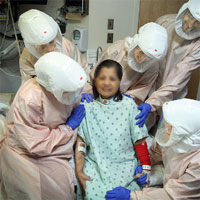
Innovative Approaches to Patient Rehabilitation Maximize COVID-19 Recovery
People hospitalized with COVID-19 can experience debilitating physical changes — extreme fatigue, difficulty breathing and muscle weakness, says April Pruski, M.D., a Johns Hopkins physiatrist (a medical doctor who specializes... read more

New Technology Gives Parents Virtual Face Time With Their Hospitalized Children
The pediatric intensive care unit (PICU) team at the University of Maryland Children's Hospital (UMCH) is offering a new way for families to interact with their child and the medical team when they can’t be there in person. PICU... read more

Critical Care Telemedicine: A Management Fad or the Future of ICU Practice?
Critical care telemedicine is a potential solution to the scarcity of critical care expertise, while quality and safe care can also be promoted through off-site surveillance, early warning capabilities, clinical decision... read more
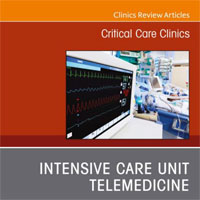
Intensive Care Unit Telemedicine, An Issue of Critical Care Clinics
This issue of Critical Care Clinics, edited by Dr. Kianoush Kashani in collaboration with Consulting Editor Dr. John Kellum, is focused on Intensive Care Unit Telemedicine. Topics in this issue include: ICU telemedicine... read more

The Role of the Physician Assistant in Critical Care
Since inception in the mid-1960s, the Physician Assistant (PA) profession has grown to become an integral part of healthcare delivery. As the name implies, PAs were historically seen as assistants to the physician, helping... read more

Holographic Telepresence – Taking Trauma Care to the Next Level
Advancing technology is all set to bring in a new era of highly-realistic holographic Telepresence. Throughout the history of science fiction and video gaming, we've seen holograms come in various shapes and sizes. Today,... read more
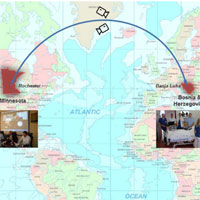
Impact of Weekly Case-based Tele-education on Quality of Care in a Limited Resource Medical ICU
Limited critical care subspecialty training and experience is available in many low- and middle-income countries, creating barriers to the delivery of evidence-based critical care. We hypothesized that a structured tele-education... read more

Anesthesia Telemedicine: Assessing Hard-to-Reach Patients for Surgery
Medically fragile infants on ventilation support at community or rural hospitals without surgical services sometimes need those services. That poses a challenge for pediatric anesthesiologists who need to assess these babies... read more




